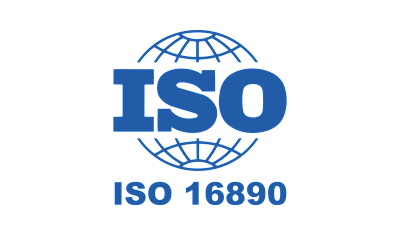 Overview of ISO 16890 air filter classes
Overview of ISO 16890 air filter classes
The ISO 16890 standard, which replaced the previous EN779:2012 standard, provides a comprehensive classification system for air filters based on their efficiency in capturing particulate matter. This ensures that users can select filters that meet specific air quality requirements for various applications. The classification covers several categories according to particle size and filtration efficiency.
|
EN 779:2012
|
ISO 16890 – actual measurement range average efficiency
|
|
Filter class
|
ePM1
|
ePM2.5
|
ePM10
|
|
M5
|
5% - 35%
|
10% - 45%
|
40% - 70%
|
|
M6
|
10% - 40%
|
20% - 50%
|
60% - 80%
|
|
F7
|
40% - 65%
|
65% - 75%
|
80% - 90%
|
|
F8
|
65% - 90%
|
75% - 95%
|
90% - 100%
|
|
F9
|
80% - 90%
|
85% - 95%
|
90% - 100%
|
Key Advantages of ISO 16890 Filters
- Improved Air Quality: Filters compliant with the ISO 16890 standard ensure the removal of harmful particulate matter and contribute to a healthier indoor environment.
- Energy Efficiency: Properly rated filters help maintain optimal airflow and reduce energy consumption in HVAC systems.
- Versatility: A wide range of classes allows for tailored solutions based on specific needs and applications.
- Compliance: ISO 16890-compliant filters support companies in meeting regulatory air quality standards.
Main Selection Guidelines
- Assess the Environment: Evaluate the specific air quality requirements relevant to your application (e.g., healthcare facilities versus industrial conditions).
- Choose the Right Class: Select filters according to the particle sizes present in your environment, guided by ePM ratings.
- Regular Maintenance: Ensure filters are replaced on time to maintain efficiency and protect your HVAC system.

